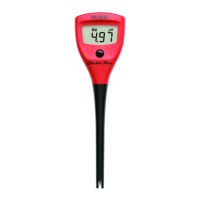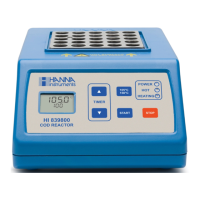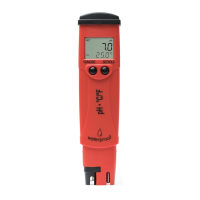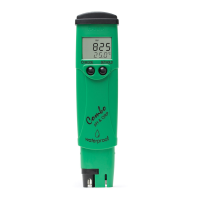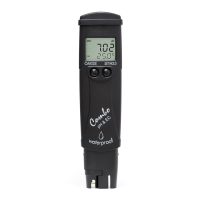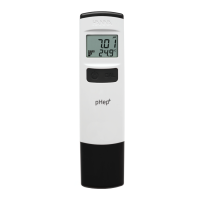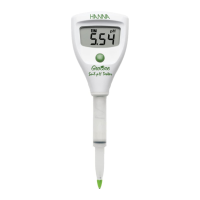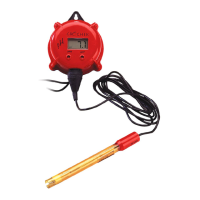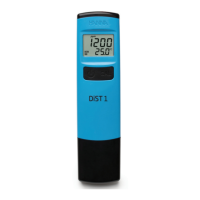A2-3
APPENDIX 2
A2 BACK TITRATION
A2.1 Applicability Domain
Back titrations are generally used for one of the following reasons:
• Reaction kinetics are too slow for the direct titration of the analyte;
• The metal precipitates at the desired pH (complexometric titrations);
• The reaction between titrant and analyte produces some auxiliary compounds
(e.g. CO
2
) that can affect the mV signal and also the equivalence point detection;
• Titrations with flat first derivative curves.
A2.2 Method Principles
An excess of reagent is added to the sample solution, helping a slow reaction go to completion.
The unreacted excess reagent is then titrated. The difference in the total volume of the first
reagent added and the amount determined from the second titration is the quantity of reagent
required to complete the reaction. The sample concentration is calculated using this value.
A2.3 Example of a Back Titration
An example of a back titration is determining the neutralizing capacity of antacid.
A2.3.1 Introduction
An excess of stomach acid (primarily HCl) causes heartburn and acid indigestion. Commercial
antacids active ingredient is a basic salt such as Mg(OH)
2
(milk of magnesia), NaHCO
3
(sodium bicarbonate), CaCO
3
(calcium carbonate) or Al(OH)
3
(aluminum hydroxide). In this
example we will analyze a typical antacid containing CaCO
3
, which reacts with the acid to
form a salt, water and gas:
CaCO
3
+ 2HCl —> CaCl
2
+ H
2
O + CO
2
A conventional acid/base titration is very difficult because the active ingredient is
sparingly soluble in water, and the CO
2
gas has an influence in pH measurements.
In order to overcome this the tablets will be completely dissolved in excess acid:
CaCO
3
+ 4HCl —> CaCl
2
+ H
2
O + CO
2
+2HCl
excess
The excess acid will be titrated with NaOH to determine the amount of CaCO
3
present.
2HCl excess + 2NaOH —> 2NaCl + 2H
2
O
The final concentration is expressed as g CaCO
3
/g.
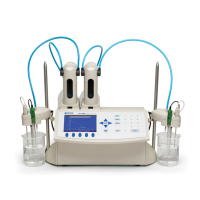
